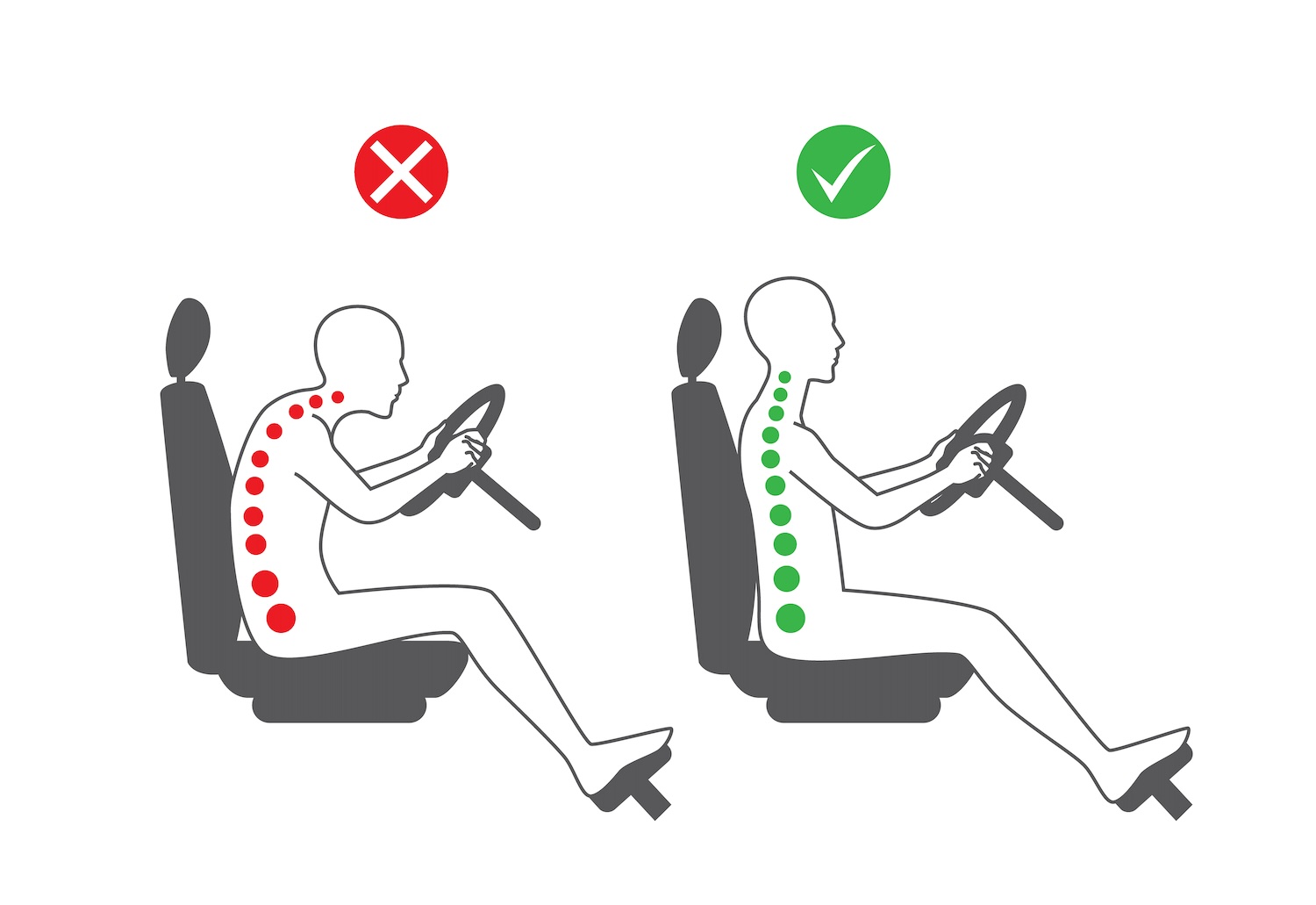Optimize Your Driving Posture: Essential Tips for Comfort and Safety

by AutoExpert | 5 February, 2025
You know how you’re spending roughly an hour a day in the car, as per the folks at AAA? Well, that’s plenty of time to mess up your back, neck, or shoulders—especially if your car isn’t exactly a throne of ergonomic design. Most cars just aren’t built for perfect posture. You’ve got seats that ignore your back’s natural curve, and cramped legroom that makes you fold up like a pretzel. Not fun, right?
But here’s some good news: fixing how you sit can actually fend off that next-day stiffness or even prevent worse things down the line if you ever, heaven forbid, get into a crash.

Setting Up Your Seat for Success
- Get Cozy with Your Pedals: Start by sitting back in your seat with your left foot on the dead pedal (that's the spot where it can chill while you drive). You should be able to easily press the gas and brake without having to stretch or strain.
- Pump Up Your Seat: If your seat adjusts up and down, raise it until your hips are a tad lower than your knees. This isn’t just about dominating the road with your seating position; it’s about keeping the blood flowing and your muscles happy.
- Mind Your Eye Level: Adjust your seat so you can see over the steering wheel without having to crane your neck. You want a clear view of the road and your dashboard without any gymnastics.
- Support Those Thighs: Your seat should support your entire thigh but not press against the backs of your knees. That little gap matters—it means more comfort and better circulation.
![]()
- Lean Back—But Not Too Far: Over-reclining is a shortcut to slouch-ville. Instead, tilt your seat back just enough (about 100-110 degrees) to take some pressure off your spine.
- Back Support for the Win: If your ride has adjustable lumbar support, dial it in to fit the curve of your lower back snugly. No lumbar support? Roll up a towel or grab a small pillow to tuck into that curve. It’s about making your back feel supported, not jammed.
- Adjust That Headrest: The top of your headrest should hit between the tops of your ears and the top of your head. It’s not just for comfort—it’s a safety feature to prevent whiplash if things go sideways on the road.
- Steering Wheel Space: Keep at least 10 to 12 inches between you and the steering wheel to give that airbag room to deploy safely.
- Relax Your Arms: Your arms should be relaxed and bent at about 120 degrees when holding the wheel—this helps reduce shoulder strain and keeps you steering smoothly.

Don’t Forget Your Mirrors and Grip
- Set Your Mirrors: Once you're settled in, tweak your mirrors so you can see all the angles without having to do the twist in your seat.
- Switch Up Your Steering Grip: That old-school "10 and 2" on the wheel isn’t actually the best anymore. Try "9 and 3" or even "8 and 4" to keep things easier on your shoulders and neck.
Stretch It Out
Even with the perfect setup, long stints behind the wheel can make you stiff. So listen to your body and take breaks to stretch and move around. It’s not just about comfort—it’s about keeping your body happy and ready to roll.

There you go, set yourself up like this, and you’ll feel better both during and after your drive. Safe travels, and keep those good vibes going, even on a long haul!
















